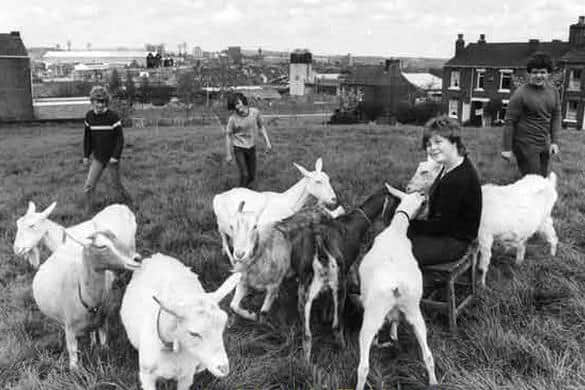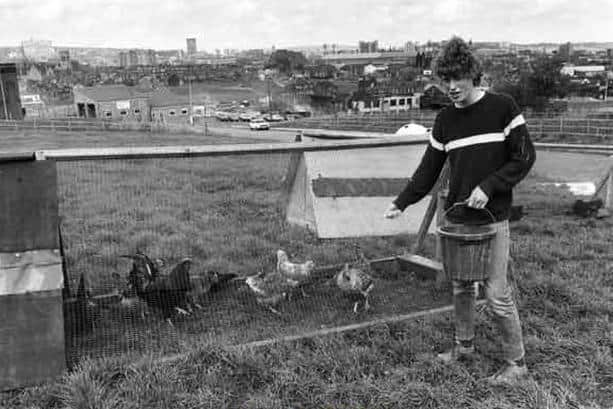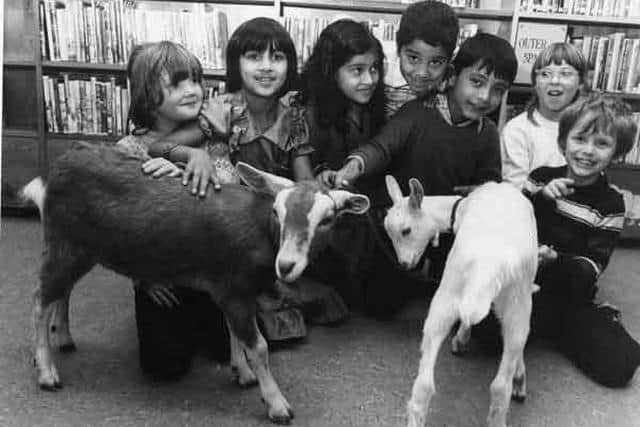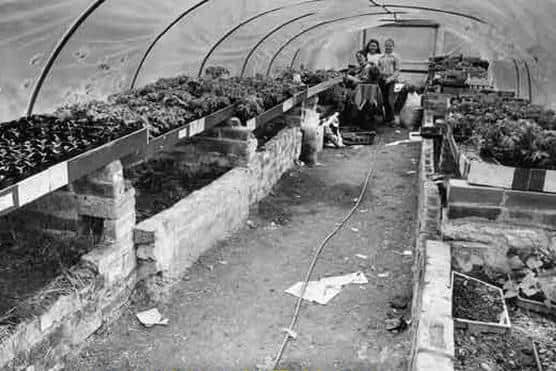How a city farm has become part of Sheffield’s history and future
and live on Freeview channel 276
Heeley City Farm is a not for profit charity based on a working farm just outside of Sheffield city centre.
Over the past 40 years, it has helped people from different communities, but this has not come without its challenges.
Advertisement
Hide AdAdvertisement
Hide AdJohn Le Corney, ex-chief executive, said: “When Heeley City Farm started on site in August 1981, it was forecast to last about three years. Nearly 40 years on, after many panics, crisis, successes and triumphs, Heeley City Farm has become a Sheffield institution. We are part of both the history and future of Sheffield.”


The land on which the farm was built, used to consist of many houses and in 1963, Sheffield City Council had approved plans for a bypass.
Residents in Heeley were concerned about the bypass - running parallel to London Road - as it would completely split the community, so the plans were dropped in 1978.
Residents faced 15 years of uncertainty and insecurity as their neighbourhood started to be demolished.
Advertisement
Hide AdAdvertisement
Hide AdThe Council did not know what to do with the land but the Heeley Residents Association wanted to make the area a better place to live, which is where the idea for a city farm came up.


Work began on the site in July 1981 when the farm was founded.
It grew organically over the years and soon became a well-loved part of the Heeley landscape, providing the community with green spaces and opportunities.
The charity today works with communities across Sheffield to promote regeneration, environmental education, sustainability and health and well-being.
Advertisement
Hide AdAdvertisement
Hide AdIt has multiple satellite sites across the city too, including at Firth Park, Meersbrook Park, Norfolk Park and Wortley Hall.


Over the years, Heeley City Farm has had battles with money and security, and an arson attack in June 1995 caused much devastation.
With the Covid-19 pandemic causing disruption to many charities in the city, Heeley City Farm had to face another challenge.
Sue Pearson, CEO, said: “The farm played an important part in Sheffield’s voluntary sector response to Covid-19 during lockdown, as a community hub in the local network. However, this has meant big changes to our normal ways of working.”
Advertisement
Hide AdAdvertisement
Hide AdThe enthusiasm of workers and residents is said to be what has got the farm through such challenges over the years.


A large number of workers at the farm include volunteers. They come from all walks of life and all have different reasons for volunteering.
Bailey started at the farm after finding school life difficult. She said: “I was super shy and struggled really badly with my mental health, during the time of me being at the farm I’ve gone from knowing nothing about animals to having a wide range of knowledge!”
Gary became a volunteer after being unemployed for five years and told how ‘’you can see what the farm does for the community every day’.
Advertisement
Hide AdAdvertisement
Hide AdFor more information about Heeley City Farm, see: www.heeleyfarm.org.uk